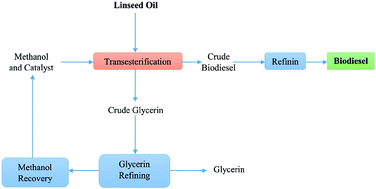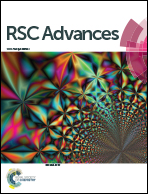Performance and emission characteristics of a compression ignition engine running with linseed biodiesel
Abstract
The energy crisis facing the world today is the result of the continuous depletion of fossil fuels caused by high usage demand. To alleviate the situation, researchers and scientists have been searching for low-cost, eco-friendly, and readily available substitutes to fossil fuel. Biodiesel can be a promising alternative source of energy. This study investigated the parameters of a direct-injection water-cooled diesel engine run with linseed biodiesel blends. These parameters include brake-specific fuel consumption (BSFC), brake thermal efficiency (BTE), and emission characteristics. Then, the performance of this engine was compared with that of a diesel fuel-run engine by evaluating the BSFC, BTE, and mechanical efficiency. Results show that the BSFC decreases as the load increases for all fuel blends and increases as the percentage of biodiesel in the blend increases; a 25.6% increase in BSFC is obtained at a low load. The BTE increases with increasing load; at a low load, the highest reduction in BTE is 15.38%. The CO emission reduces by approximately 5.49% at a low load for the B30 blend and 27.7% at a high load for the B20 blend compared with diesel. For pollution investigation, the emissions of NOX, HC, and CO were measured. The CO emission reduces by approximately 5.49% while HC and NOX emissions respectively increase by 15.8% and 19.5% at a low load.


 Please wait while we load your content...
Please wait while we load your content...